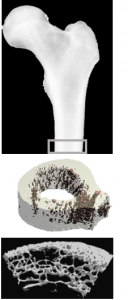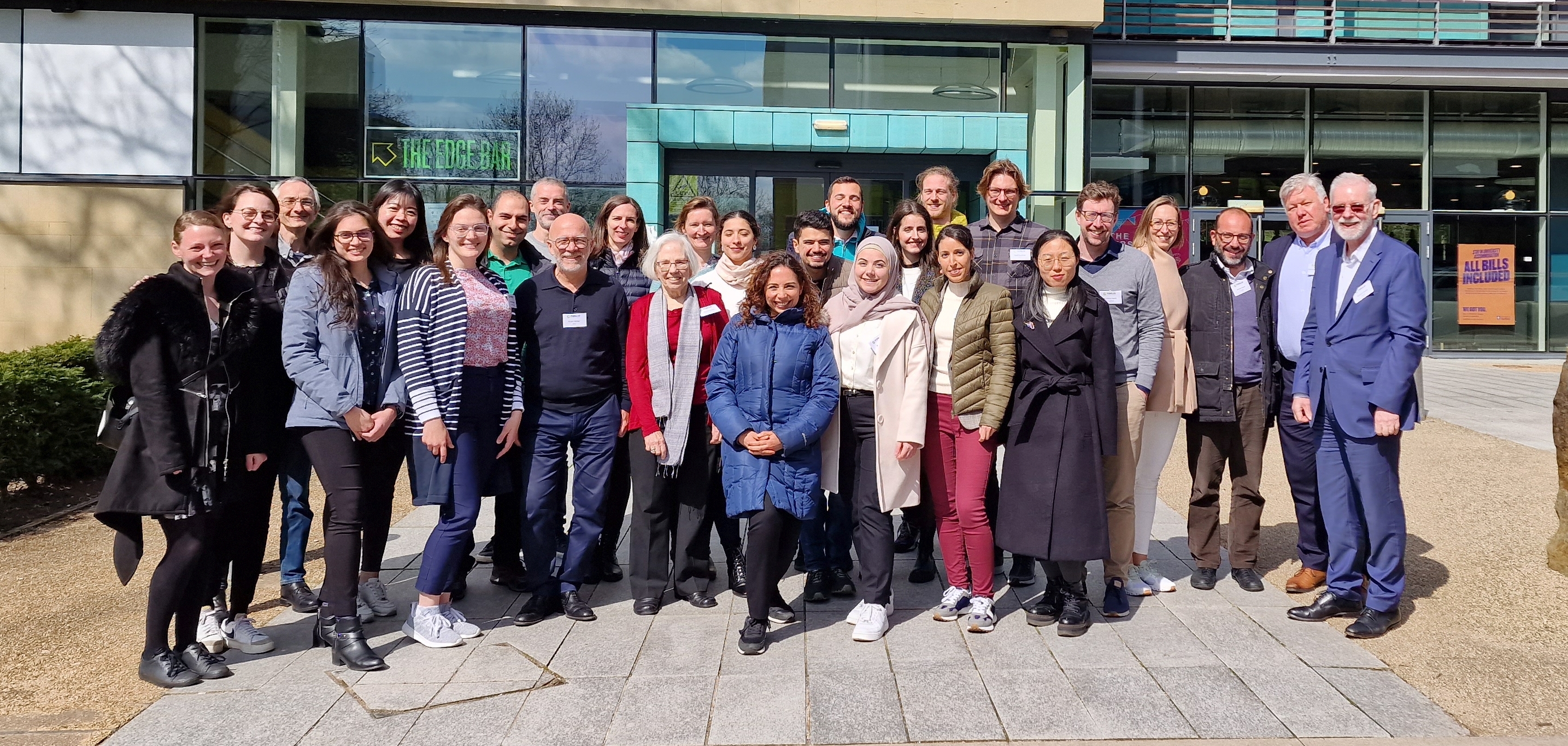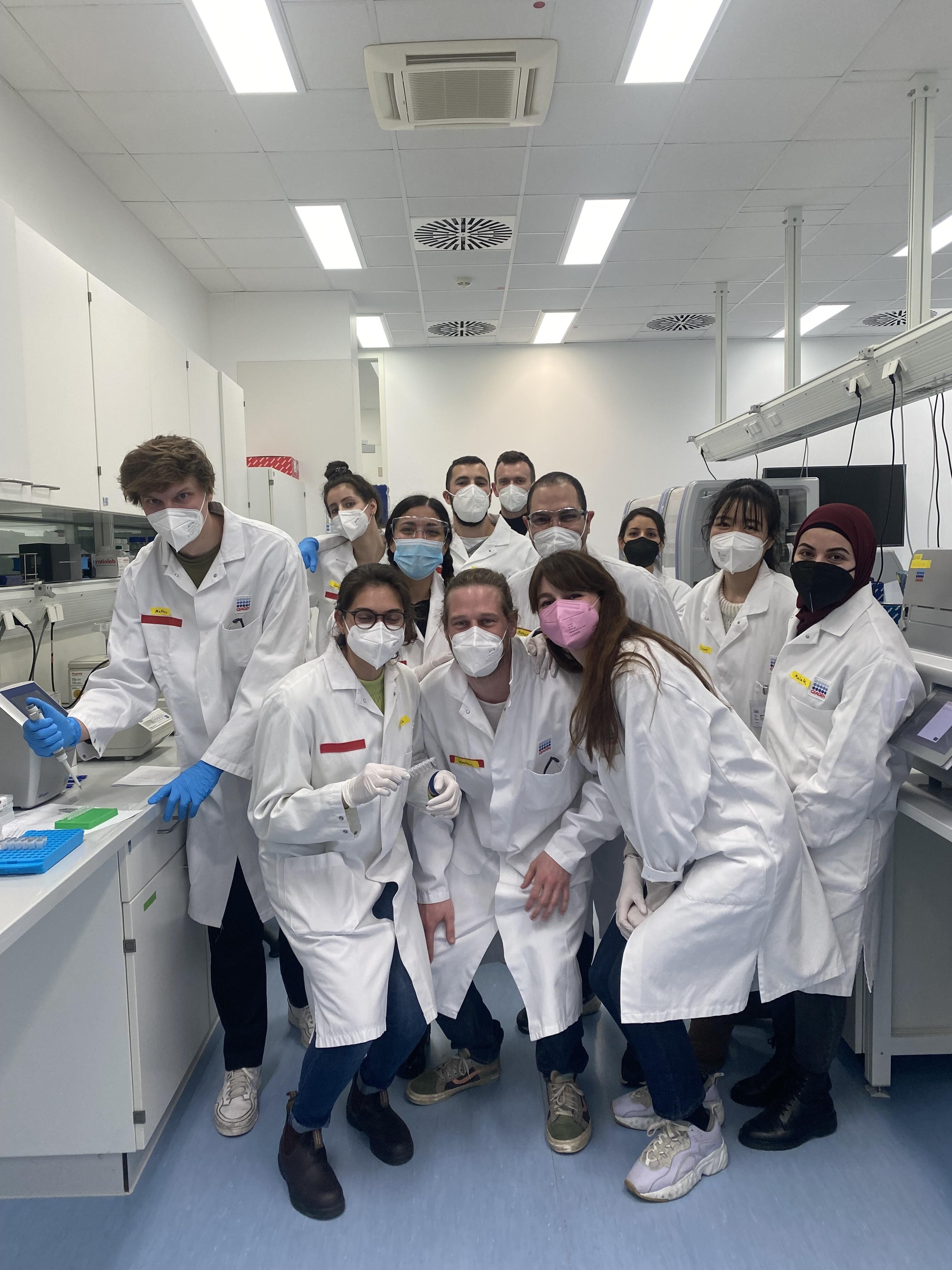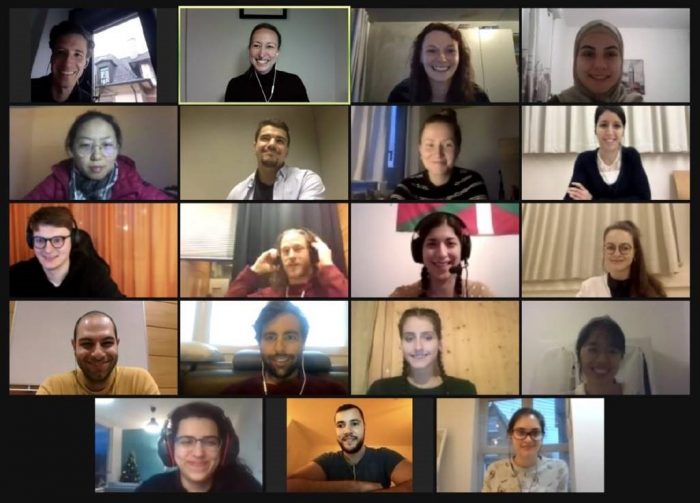Our partners at the University Medical Center Hamburg-Eppendorf (UKE) recently published a study where they analyzed cortical bone material quality in individuals with Type 2 Diabetes Mellitus (T2DM). They employed several techniques analyzing the bone matrix at different length scales. In this way, a subgroup of individuals with high cortical porosity in the T2DM set was determined, meaning less cortical bone due to increased pores within the bone matrix.

Furthermore, the elevated blood sugar level in diabetes mellitus translates into a higher amount of glycation of the bone matrix proteins, leading to advanced glycation end-product formation. They showed that the non-crosslinking advanced glycation end-product carboxymethyl-lysine, which attaches to the collagen within the bone matrix and probably changes collagen properties, is elevated with T2DM, independent of porosity. Further research is necessary to understand the tissue level changes that arise with diabetes. FIDELIO will help us to unravel the peculiar matrix characteristics.
The article was published in the November 2020 issue of Bone (Volume 140). Read the abstract or get access here.
Or if you would like to know more, get in touch:
Eva Maria Wölfel
E-mail: e.woelfel@uke.de
Tel.: +49 40 7410 26302





